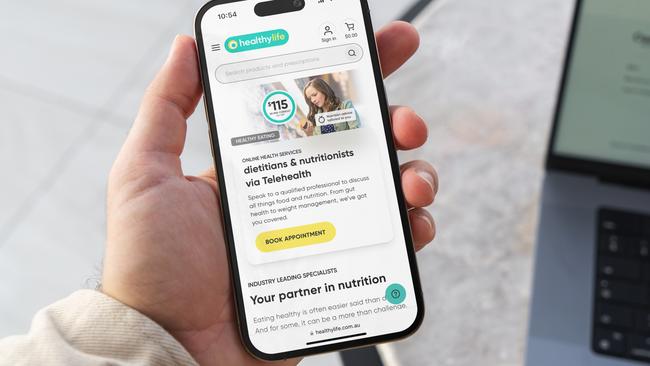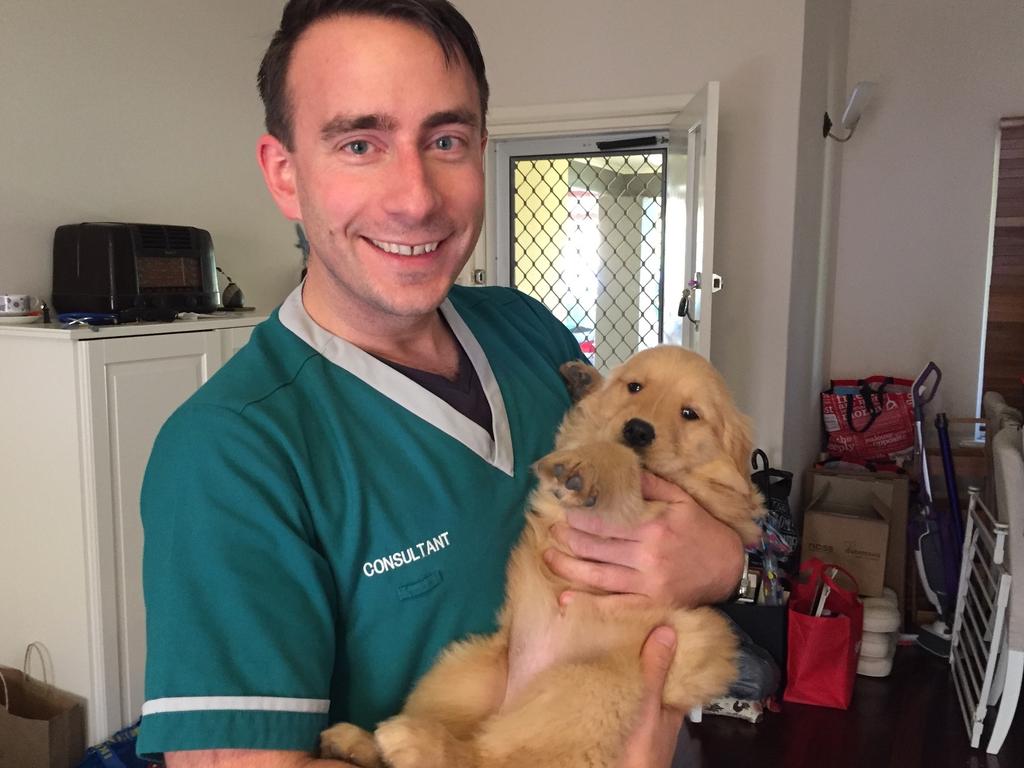Millions turn online because their doctor’s too busy
A severe lack of access to doctors and record-high gap fees in Australia’s primary care sector have driven millions of patients to seek instant online telehealth services.

A severe lack of access to doctors and record-high gap fees in Australia’s primary care sector have driven millions of patients to seek instant online telehealth services, in a mass consumer shift towards the private funding of healthcare that is fundamentally altering the healthcare system.
The entry of grocery giant Woolworths to the private digital healthcare market is a signpost of how big the business of digital health has become, with the erosion of the Medicare rebate now so significant that many patients are paying less for a wholly privately billed instant online consultation than they would have paid in gap fees had they been able to see their regular GP.
The rise of pop-up telehealth businesses – which are tipped to service potentially 20 per cent of all short medical consultations in the future – is triggering regulatory challenges amid a snap Medical Board crackdown on purely online prescribing that is generating controversy.
Woolworths’ foray into telehealth, in which patients are linked virtually with GPs, dietitians, and naturopaths comes via its subsidiary HealthyLife, with the grocery behemoth saying customers have been demanding “more guidance and inspiration around how to live a healthy life” amid difficulties accessing their GP.
“When we look at the growing consumer demands and concerns in Australia, health is at the forefront, particularly after the global pandemic,” said Sarah Gray, Woolworths’ general manager of health and nutrition. “It’s giving people access to qualified health professionals at a time when they need them most. But we’re not intending to run this service to replace the regular GP; it’s for convenience when people can’t access their regular GP.”
As new analysis this week revealed almost $4bn had been stripped from Medicare under years of rebate freezes and many billions more due to long-term inadequate indexation, the biggest players in the burgeoning private telehealth market say they are filling a gap created by the erosion of publicly funded primary care amid the rise of consumer demands for convenience and control over their healthcare.
Richard Skimin, chief operating officer of InstantScripts, Australia’s largest digital healthcare group, said: “Businesses like ours only exist because there is a clear and well-documented gap in the market created by the decline of bulk billing, the rise of co-pays to sustain primary health care, and also the challenges in availability and accessibility of primary health care doctors.”
InstantScripts was launched four years ago and has more than one million people on its books. It provides a text-based prescription service as well as telehealth video consultations with RACGP-registered general practitioners who are based all over the country. Its consumer surveys reveal 69 per cent of its customers decided to use the service because they couldn’t get an appointment with their regular GP.
“Clearly there’s a gap in the market that the private sector has an opportunity to fill,” Mr Skimin said. “But this is also about the consumerisation of services. Consumers want access to services at any time of the day or night; they want them on their phone; and they want them accessible right now. And it doesn’t matter what service you’re talking about, that trend of consumerisation is occurring. And it was always going to occur for the healthcare industry as well.
“But the services have to be provided at the highest quality of clinical care; otherwise those services will run into problems with patients and regulators.”
The former chief executive of the independent Hospital Pricing Authority, Tony Sherbon, who has acted as a consultant for InstantScripts, said digital healthcare was a “natural progression of the health industry to meet consumer needs”, but was not appropriate for many clinical situations that required examination.
He called for the healthcare regulator to take an active role in ensuring high clinical governance in the sector.
Proponents of digital healthcare insist telehealth saves Medicare many millions of dollars each year in consultations for repeat scripts, referrals and medical certificates. But peak doctors’ groups hold significant concerns around fragmentation of care and clinical governance.
Royal Australian College of GPs president Nicole Higgins said: “Once we start fragmenting care and breaking off presenting conditions from the whole of the person that is when mistakes happen and that is when risk to safety and care happens.”
Australian Medical Association president Steve Robson said the rise of the digital healthcare market effectively meant that the market was moving ahead of the federal government in providing solutions to the crisis of affordability and access.








To join the conversation, please log in. Don't have an account? Register
Join the conversation, you are commenting as Logout